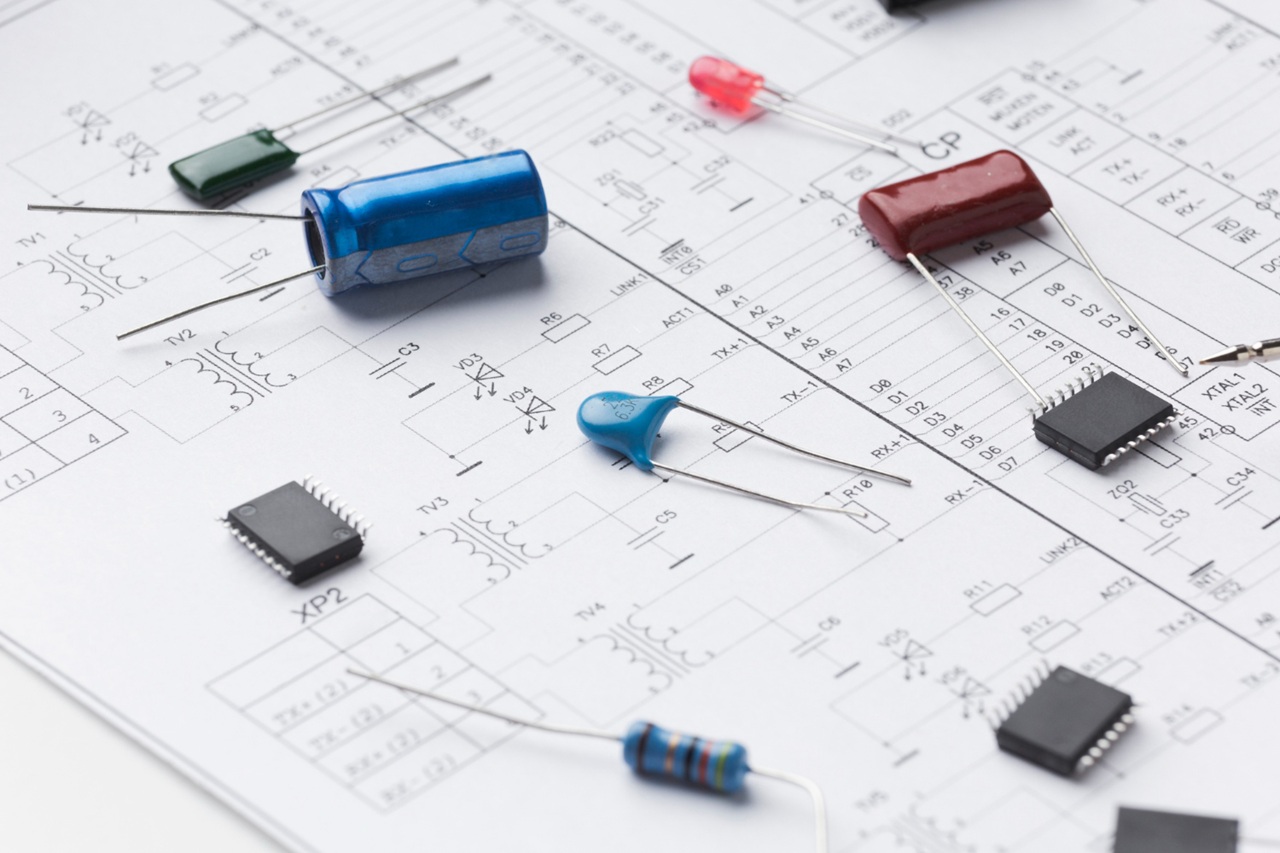Top Circuit Simulators to Test Your Designs Before You Build
When it comes to designing electronic circuits, jumping straight into building them can feel like a leap of faith. What if you miss a crucial detail? Or worse, what if you fry a component because something wasn’t wired correctly? That’s where circuit simulators come in. They’re like having a safety net, allowing you to test and refine your designs before committing to real components.
Whether you’re a beginner learning the basics or a seasoned engineer prototyping complex systems, using a circuit simulator can save time, money, and a lot of frustration. In this blog post, we’ll explore the top circuit simulators available today, complete with their key features, benefits, and tips for getting the most out of them.
Why Use a Circuit Simulator?
Circuit simulators provide a virtual sandbox to build, test, and tweak electronic circuits without any physical components. They offer several benefits:
- Error Detection: Simulators can highlight potential issues like short circuits or incorrect connections.
- Cost Efficiency: Test your designs without spending money on components that may not work as intended.
- Experimentation: Try out ideas freely without the risk of damaging parts.
- Learning Tool: For beginners, simulators offer a low-pressure way to understand circuit behavior and component interactions.
When I first started with electronics, I would often buy components only to realize I’d forgotten a critical resistor or misunderstood how a circuit worked. Using a simulator not only improved my designs but also boosted my confidence.
Top Circuit Simulators in 2025
1. Tinkercad Circuits
Best For: Beginners and hobbyists
Tinkercad Circuits is an easy-to-use, browser-based simulator perfect for those just starting. It combines simplicity with powerful features, allowing users to design circuits and even program Arduino boards directly in the simulator.
Key Features:
- Drag-and-drop interface for components.
- Interactive simulation, including visualizing how current flows.
- Built-in Arduino simulator for coding and testing.
Why It’s Great:
Tinkercad is a fantastic starting point because of its intuitive interface and educational focus. You can even view tutorials and sample projects to jumpstart your creativity.
Personal Note: I used Tinkercad to teach my younger cousin how to build a basic LED blinking circuit. She loved seeing the LED light up virtually before we built the real thing.
2. LTspice
Best For: Intermediate users and professionals focusing on analog circuits
LTspice is a powerful, free simulator developed by Analog Devices. While it’s best suited for analog circuit design, it also supports mixed-signal simulations.
Key Features:
- Precise simulation of analog components like op-amps and filters.
- Extensive library of components, including custom models.
- Fast and efficient for large, complex designs.
Why It’s Great:
LTspice is a go-to tool for engineers who need high accuracy. It’s not as visually friendly as some other simulators, but it excels in raw power and detail.
Pro Tip: Spend time learning its shortcuts and features—it can seem daunting at first but pays off in efficiency for serious projects.
3. Proteus Design Suite
Best For: Embedded systems and microcontroller projects
Proteus is a favorite among engineers working with microcontrollers like Arduino, PIC, and ARM processors. It allows you to simulate both the hardware and the software, offering a comprehensive environment for embedded systems design.
Key Features:
- Microcontroller simulation with support for coding and debugging.
- Real-time visualization of circuit behavior.
- Advanced tools for PCB layout design.
Why It’s Great:
Proteus shines when you need to test microcontroller-based designs. You can upload your actual code and see how it interacts with the virtual hardware.
Anecdote: During a college project, I used Proteus to simulate an automatic streetlight system. It saved me from countless hours of debugging by catching errors in both the code and circuit before I built it.
4. Multisim by NI
Best For: Academic and professional use
Multisim is a widely respected simulator, particularly in academic settings. Its user-friendly interface makes it suitable for beginners, while its advanced features cater to professionals working on detailed designs.
Key Features:
- Comprehensive component library.
- Realistic simulation of both analog and digital circuits.
- Integration with LabVIEW for advanced testing and measurement.
Why It’s Great:
Multisim combines accessibility with professional-grade capabilities. It’s perfect for students learning circuit analysis and engineers designing complex systems.
Pro Tip: If you’re a student, check if your school offers a free license—Multisim is commonly used in educational institutions.
5. CircuitLab
Best For: Quick prototyping and collaboration
CircuitLab is another browser-based simulator, known for its ease of use and focus on collaboration. It’s ideal for quickly prototyping ideas and sharing designs with others.
Key Features:
- Clean and intuitive interface.
- Real-time collaboration tools for team projects.
- Built-in tools for analyzing voltage, current, and power.
Why It’s Great:
CircuitLab is perfect for team projects or brainstorming sessions. You can share your designs with a simple link, making it easy to get feedback or work together remotely.
6. KiCad with ngspice
Best For: Advanced users creating custom PCBs
KiCad is primarily a PCB design tool, but when paired with its integrated ngspice simulator, it becomes a powerful platform for advanced users. It’s free, open-source, and highly customizable.
Key Features:
- Detailed PCB design tools.
- Seamless integration with the ngspice simulator.
- Support for multi-layer PCB designs.
Why It’s Great:
If you’re planning to design custom PCBs, KiCad is an excellent choice. The ngspice simulation lets you verify your design before manufacturing.
Pro Tip: KiCad has a steep learning curve, but plenty of online tutorials and a supportive community can help you get started.
Tips for Using Circuit Simulators Effectively
- Start Small: Begin with simple circuits to get comfortable with the simulator’s interface and features.
- Understand the Limitations: Simulators are powerful but not perfect. Always verify your designs with real-world testing.
- Leverage Tutorials: Most simulators come with built-in examples or online guides—use them to learn best practices.
- Collaborate: Share your designs with peers or mentors for feedback and troubleshooting.
- Experiment Freely: Simulators let you test ideas without fear of breaking anything, so don’t hold back!
Final Thoughts
Circuit simulators are invaluable tools for anyone working with electronics. From beginners learning the ropes to professionals designing cutting-edge systems, these platforms offer a safe and efficient way to test and refine ideas.
Whether you choose a beginner-friendly option like Tinkercad or dive into the professional features of Proteus or LTspice, the right simulator can make your electronics journey smoother and more enjoyable. So, pick one, start experimenting, and bring your designs to life with confidence.
Happy simulating!




Post Comment